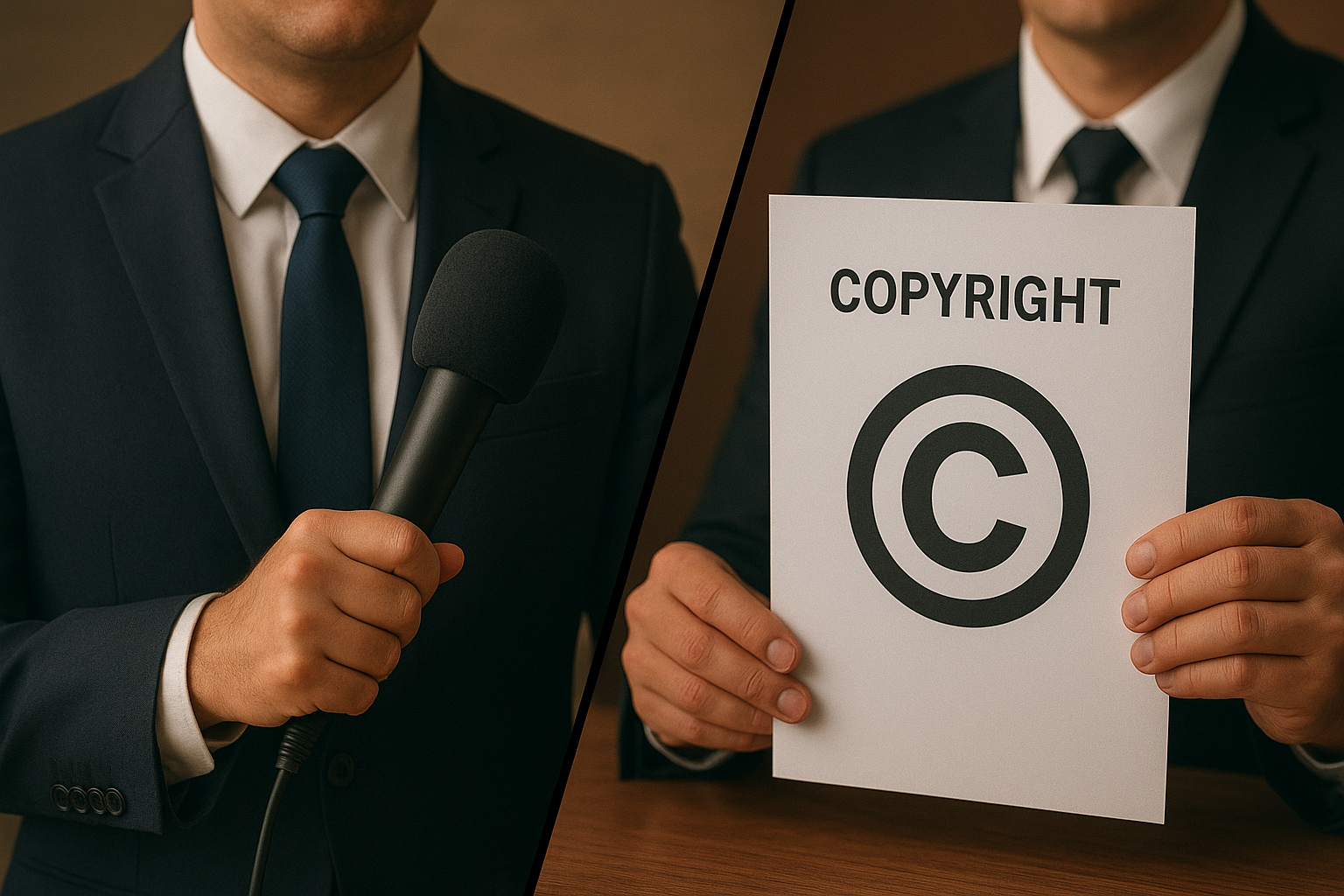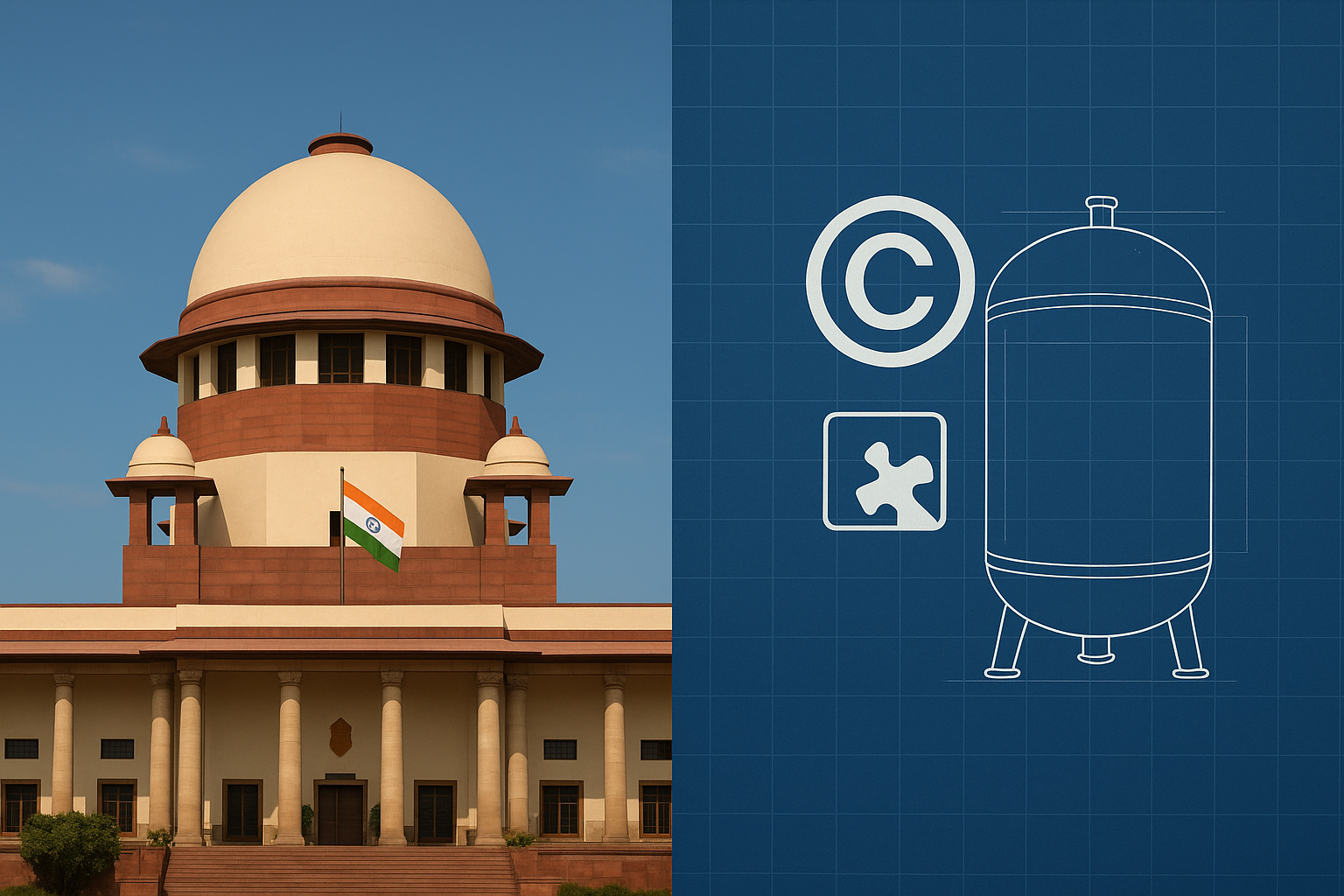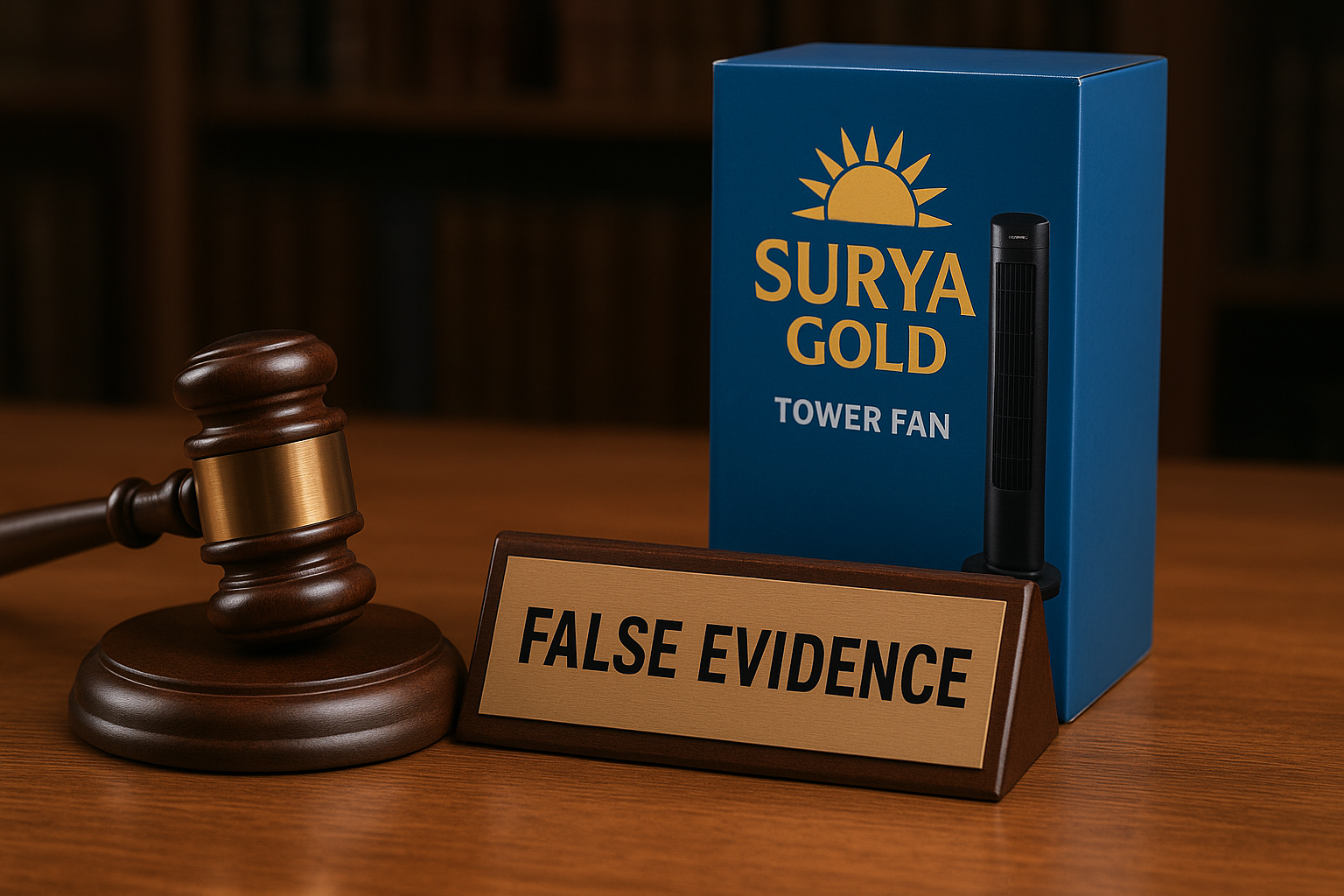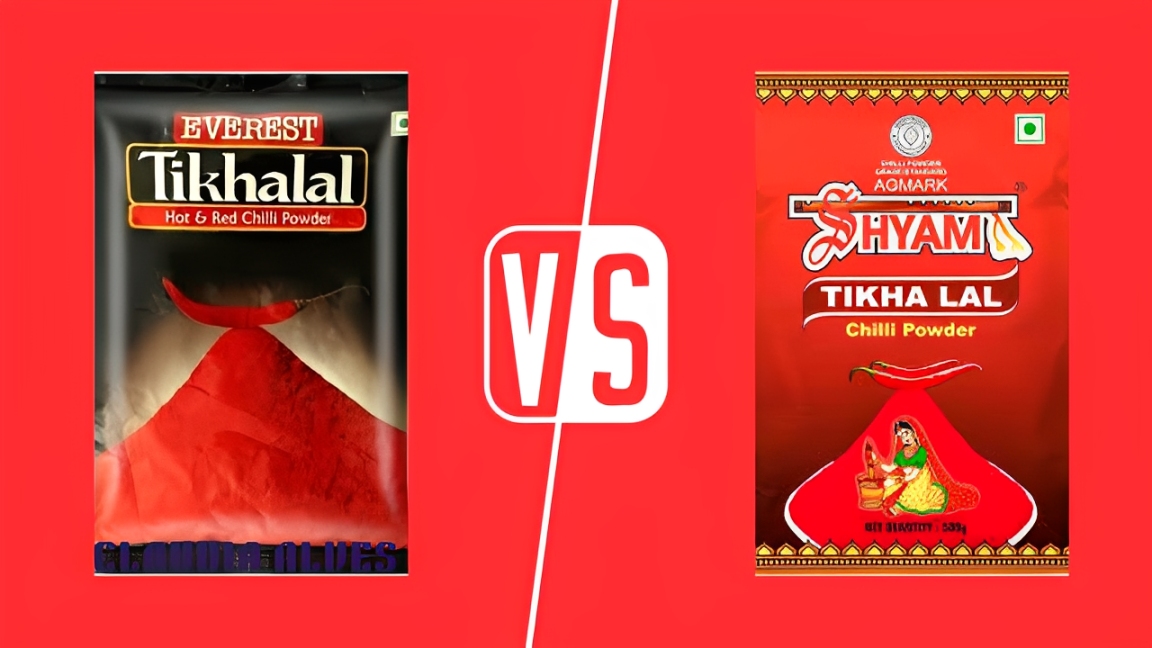
Broadcasters vs. Copyright Holders: Supreme Court Declines to amend the legislation Rule 29(4)
INTRODUCTION
In early June 2025, the Supreme Court of India addressed a significant legal dispute involving Rule 29(4) under the Copyright Rules, 2013. The rule requires broadcasters to submit detailed prior notices to invoke statutory licensing under Section 31D of the Copyright Act, 1957. The petitioner Next Radio Ltd., along with other broadcasters, challenged the rule as unconstitutional. However, the Supreme Court ultimately rejected the challenge, reinforcing legislative boundaries and broadcaster obligations.
DEFINITION AND EXPLANATION OF SECTION 31D & RULE 29(4)
- Section 31D in the Copyright Amendment Act, authorizing broadcasters to use literary and musical works under a statutory license via prior notice and royalty payment. Rule 29(4) introduced under the Copyright Rules, 2013, mandated that such notices include exhaustive details channel name, coverage area, work particulars, authors’ names, time slots, and royalty information.
- The statutory licensing regime under Section 31D, introduced through the Copyright (Amendment) Act, 2012 and notified in 2013, was aimed at democratizing access to copyrighted works for broadcasters primarily radio and television while ensuring fair compensation to copyright owners. Rule 29(4), notified under the Copyright Rules, 2013, operationalized this mechanism by imposing stringent pre-broadcast disclosure norms. These include the broadcaster’s name, channel, work details (title, author, performer), time of use, and applicable royalty. This rule was intended to enable transparency and accountability, allowing copyright societies and rights holders to accurately track usage and compute royalties, especially since Section 31D prescribes royalty to be paid in advance and calculated based on territorial reach and duration.
THE JOURNEY
- High Court Intervention
- In 2021 when the Madras High Court first looked at the issue, it upheld Rule 29(4)’s validity but gave temporary relief by allowing broadcasters to submit full details within 15 days after broadcast. That flexibility was short-lived. Later in 2021, the Supreme Court struck down this relaxation, saying courts cannot rewrite statutory provisions. It called such alterations “judicial overreach” and emphasized that any modifications must come from Parliament, not the bench. In March 2024 the Delhi High Court reaffirmed strict compliance with Rule 29(4) in the Super Cassettes v. Music Broadcast Ltd. case, highlighting that royalty payments are based on duration and territory—making precise work identification crucial.
- Supreme Court: Next Radio’s Challenge
- SLP was Filed in year 2022 by the Next Radio Ltd., alongside the Association of Radio Operators for India and Ramesh Menon, challenged Rule 29(4) in the Supreme Court, citing violations of Articles 19(1)(a) & (g) and arguing undue burden. The Madras High Court’s prior dismissal of similar petitions reinforced the challenge but maintained the rule. The Supreme Court Decision on 1 June 2025 A bench of Justices Abhay S. Oka and Ujjwal Bhuyan dismissed the challenge, stating there was “no merit in the challenge to the constitutional validity of Rule 29(4)”. Next Radio voluntarily withdrew its petition, leading to its dismissal “as withdrawn.” The Supreme Court did not find any constitutional infirmity. The Court emphasized that judicial review cannot substitute judicial legislation. Practical concerns must be addressed by Parliament, not courts.
REASONS FOR REJECTION & LEGAL RATIONALE
The Court’s decision rests on several core principles:
- 1. Legislative Supremacy: Rule 29(4) was framed under the Copyright Act, 1957, through proper delegation. Courts cannot question legislative policy unless it is manifestly arbitrary or violates fundamental rights, neither of which was convincingly shown.
- 2. Proportionality Doctrine: The petitioners failed to demonstrate how the compliance burden under Rule 29(4) disproportionately affected their rights under Article 19. The Court held that the requirement was reasonable and served a legitimate interest protecting copyright holders.
- 3. Separation of Powers: The Court highlighted that practical difficulties—even if genuine—do not constitute constitutional infirmity. Such concerns must be remedied through executive or legislative amendments, not judicial orders.
IMPLICATIONS
Broadcasters must now ensure complete, accurate, and prior disclosures in line with Rule 29(4). Any failure to comply may disqualify them from invoking statutory licenses or expose them to infringement actions. The judgment reinforces that policy-level concerns, including those about operational burdens or inefficiencies, must be raised through legislative channels, not courts. The doctrine of separation of powers was emphatically applied. While large radio networks may adapt more easily, smaller players may struggle with compliance costs. This has reignited discussions within industry bodies about the need for graded or differentiated compliance. The ruling is a victory for authors, music labels, and copyright societies, who have long sought better tracking of broadcast usage. It strengthens rights holder protections and encourages ethical licensing practices. The judgment leaves open the possibility for executive relaxation or future rule amendment. The Ministry of Commerce and Industry, under which the Copyright Office functions, could consider revising procedural aspects while retaining the core transparency objective.
CONCLUSION
The Supreme Court’s judgment on 1 June 2025 upholds Rule 29(4) in its entirety, rejecting constitutional objections and underscoring the separation of legislative and judicial roles. While broadcasters must now adhere to detailed notice obligations, any desire for relief from procedural burdens must be litigated in Parliament, not the courts. This decision reinforces the boundaries of delegated legislation and preserves the integrity of statutory mandates under the Copyright Act.




Leave a Reply